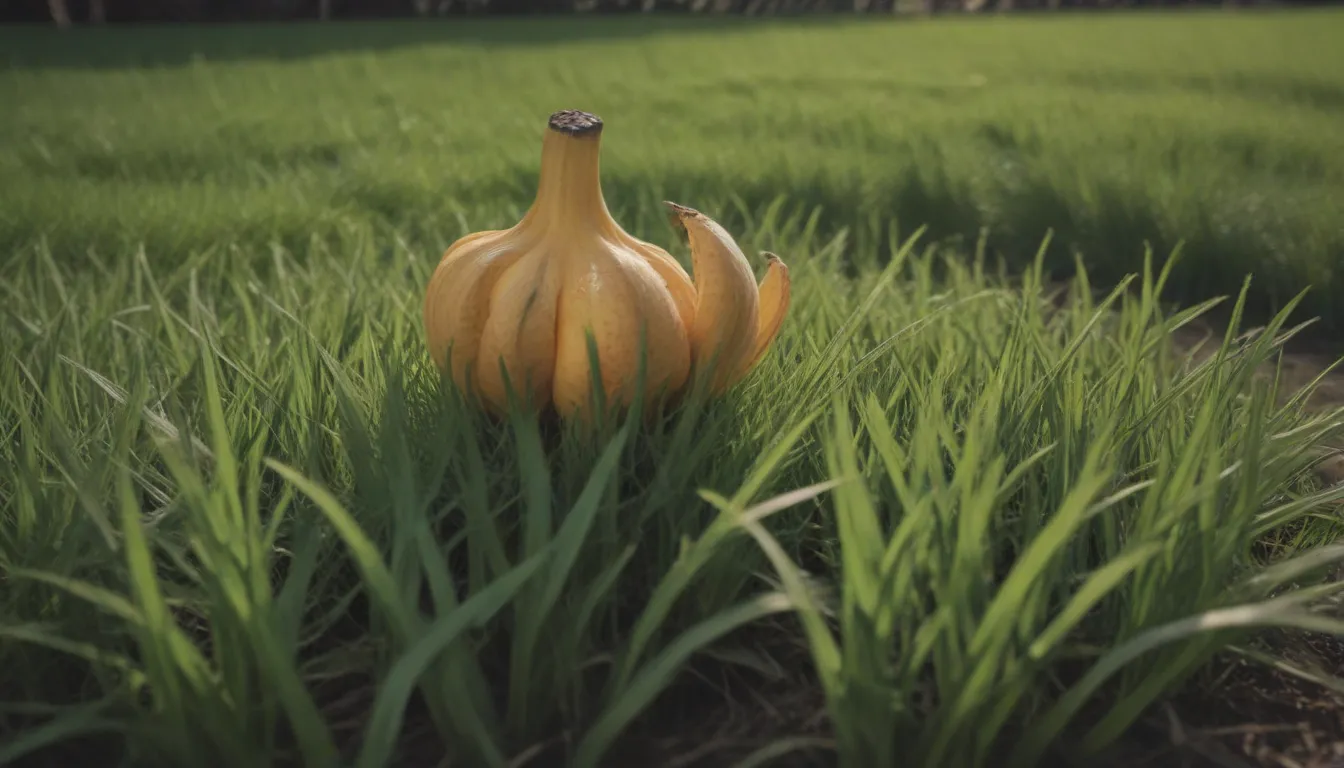The Importance of Potassium in Lawn Fertilizers: A Comprehensive Guide

Taking care of your lawn involves more than just mowing and watering. One crucial aspect of maintaining a healthy and vibrant lawn is fertilizing it with the right nutrients. Potassium, also known by its chemical symbol K, is one of the essential elements necessary for plant nutrition. Along with nitrogen (N) and phosphorus (P), potassium plays a vital role in promoting the growth and health of your grass.
In this in-depth guide, we will explore the function of potassium in lawn fertilizers, how it benefits grass, signs of deficiency, the best time to apply potassium, and more. By the end of this article, you will have a better understanding of why potassium is crucial for your lawn’s overall well-being.
Potassium in Nature
Potassium, in the form of potash, is abundant in many soils, although not all of it is readily available for plant uptake. Soils with high clay content can trap potassium, making it inaccessible to plants. Additionally, potassium occurs naturally in various organic fertilizers and compost sources, such as seaweed products, wood ash, and animal feeds.
How Does Potassium Benefit Grass?
Potassium offers several benefits to grass, making it an essential nutrient for maintaining a lush and healthy lawn:
- Helps with drought and disease: Potassium plays a crucial role in helping grass withstand periods of drought and resist diseases.
- Promotes plant growth: Potassium encourages vigorous growth in grass, resulting in a thicker and healthier lawn.
- Supports root development: Potassium aids in the development of strong and robust root systems, which are essential for water and nutrient uptake.
Do I Need a High Potassium Fertilizer?
Fertilizer blends high in potassium are often marketed as winterizing fertilizers due to potassium’s role in enhancing the cold hardiness of grass. However, terms like “winterizer” or “summer fertilizer” are more marketing ploys than accurate descriptions of a fertilizer’s benefits. If you’re unsure about the nutrient needs of your lawn, consider obtaining a soil test from a university extension service or a professional testing lab. The results will provide specific recommendations for amending or fertilizing the soil to create optimal growing conditions, including the amount of potassium your soil requires.
What Are the Signs of a Potassium Deficiency?
While soil tests are the best way to determine the nutrient requirements of your lawn, it can be challenging to identify anything beyond a potassium deficiency in some cases. Potassium levels in the soil are influenced by various factors, and it can be difficult to ascertain if your grass is consuming excessive amounts of potassium. Ideally, aim for a healthy soil with natural potassium levels or supplement with fertilizers as needed.
When is the Best Time to Apply Potassium to Grass?
The best time to apply potassium to your lawn is in early fall to help prepare your grass for the colder months ahead. However, applying potassium throughout the year can also benefit your lawn’s overall health and resilience.
What is a Good Potassium Fertilizer?
Choosing the right fertilizer blend depends on factors like soil type, test results, and personal preferences. The difference between potassium chloride and potassium sulfate lies in their chemistry and how they interact with the soil. While potassium chloride is more cost-effective, potassium sulfate provides sulfate nutrients. If you prefer organic options, consider using wood ash, compost, banana peels, and other natural sources of potassium.
Is Too Much Potassium Bad for Your Lawn?
While potassium is generally not harmful to the environment, excessive use of potassium-containing fertilizers can lead to leaching into groundwater. This can result in runoff that may contain potassium salts. Too much potassium in the soil can also indicate an excess of nitrogen and phosphorus, which can have adverse effects on your lawn. It is crucial to follow proper fertilization guidelines to prevent any negative impacts on your grass and the environment.
In conclusion, understanding the role of potassium in lawn fertilizers is essential for maintaining a healthy and lush lawn. By providing your grass with the right nutrients, including potassium, you can enjoy a vibrant and resilient lawn year-round. Remember to consider factors like soil type, test results, and fertilizer options when deciding on the best approach to fertilizing your lawn. With the proper care and attention, your lawn will thrive and flourish for years to come.





